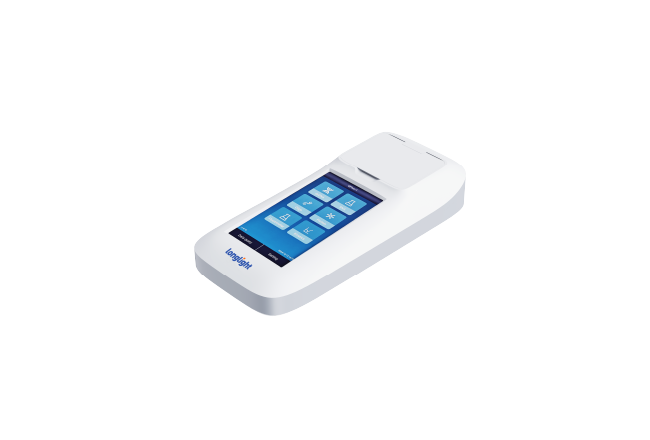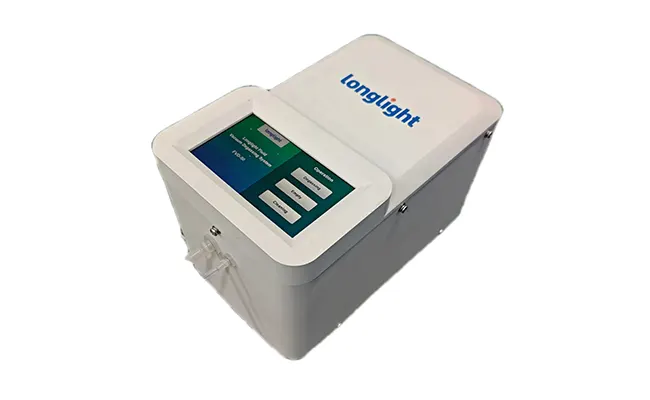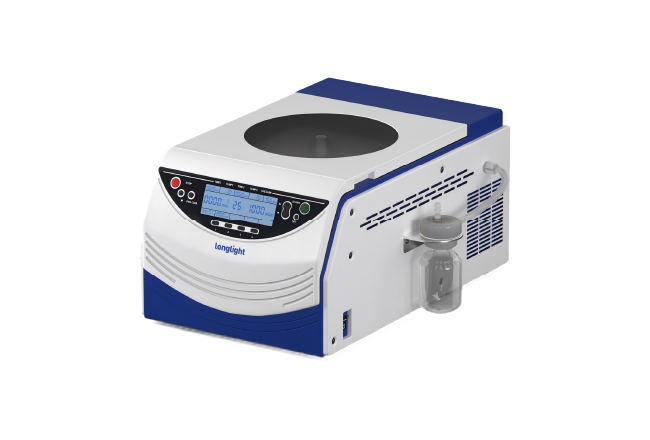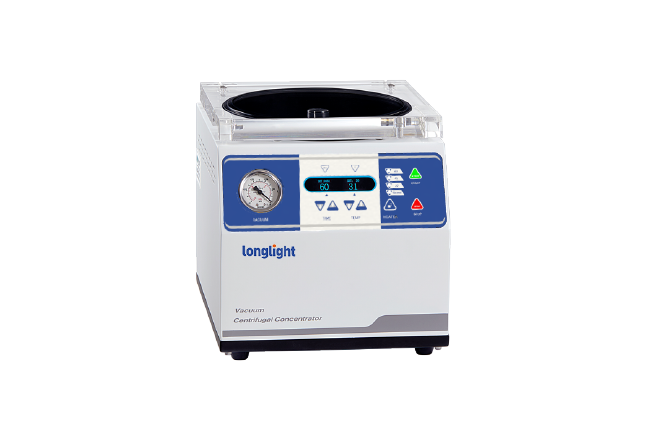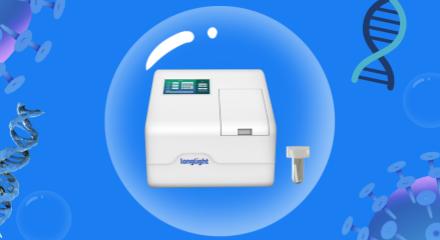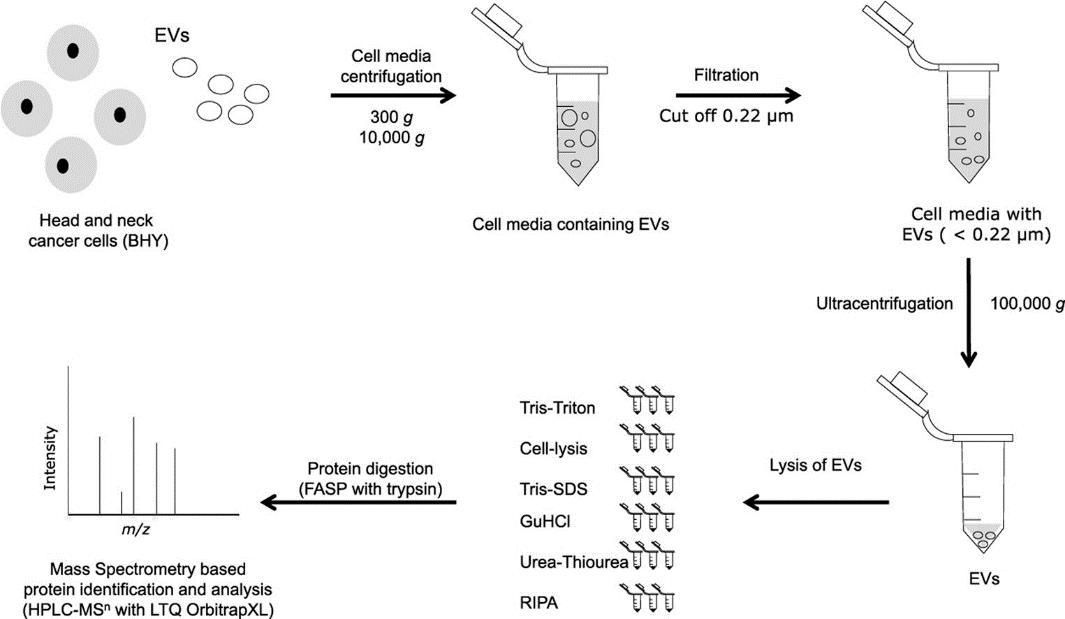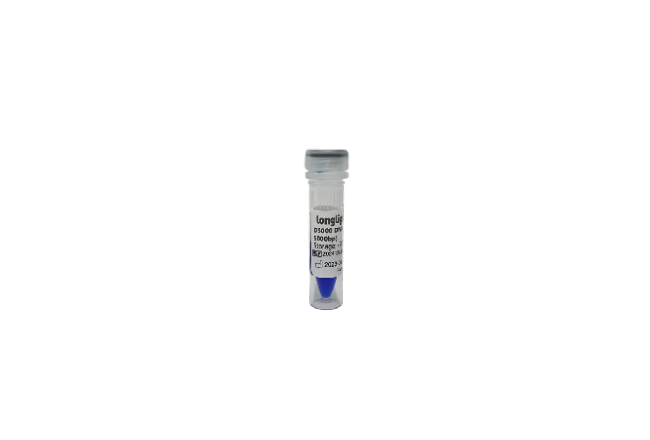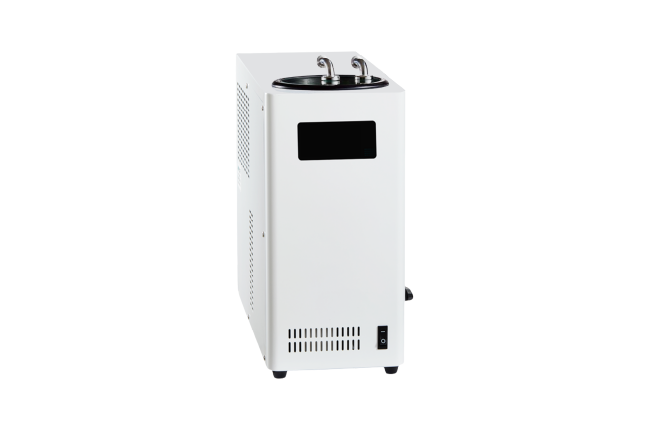Related Post
How GPCR Membrane Protein Microarray Solves Low Fluorescence Detection Limits
2025-10-28In the world of molecular diagnostics, the GPCR Membrane Protein Microarray has emerged as a game-changing solution for researchers struggling with the challenges of low fluorescence detection. Fluorescence-based assays, crucial in molecular biology for detecting proteins, nucleic acids, and other biomarkers, often face limitations when dealing with low concentration samples. These difficulties can lead to unreliable data and hinder the efficiency of experiments. However, the GPCR Membrane Protein Microarray technology is poised to revolutionize how these problems are addressed, making it an essential tool in modern laboratories. At Longlight Technology, we are committed to advancing tools that improve molecular biology’s accuracy and efficiency, making the GPCR Membrane Protein Microarray a perfect fit for laboratories focused on future-oriented research.
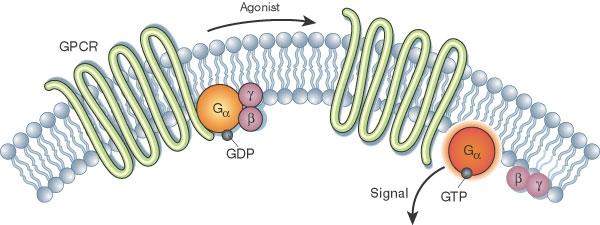
(GPCR Membrane Protein Microarray)
Overcoming Low Fluorescence Detection Challenges
In molecular biology, accurate detection of trace amounts of biomolecules is critical. Traditional fluorescence detection methods often fail to provide sufficient sensitivity when the sample volume is small or the biomolecule concentration is low. This lack of sensitivity leads to poor results, wasted time, and ultimately, setbacks in research.
The GPCR Membrane Protein Microarray addresses this issue head-on by significantly enhancing sensitivity in fluorescence-based assays. By improving the detection limits, this technology ensures that even the faintest signals from small sample volumes can be detected, making it possible for researchers to achieve more reliable and consistent results. This breakthrough is especially vital in high-precision applications such as next-generation sequencing (NGS), PCR assays, and protein interaction studies, where even the smallest variations in concentration can lead to significant discrepancies in results.
✅ The Importance of High Sensitivity
Fluorescence detection relies on the ability of a molecule to emit light when excited by a specific wavelength. The effectiveness of this process, however, depends heavily on the sensitivity of the detection system. Traditional systems often fall short when dealing with low-concentration samples, making it challenging to accurately quantify the target molecules. As a result, researchers may struggle with weak fluorescence signals, leading to inconclusive or unreliable data.
By integrating the GPCR Membrane Protein Microarray into their workflows, scientists can ensure that even low-concentration nucleic acids or proteins are quantified with precision. This advanced microarray technology is designed to capture the most minute fluorescence signals, addressing the sensitivity limitations that plague conventional detection systems.

(Illuminating the life of GPCRs | Cell Communication and Signaling)
Key Advantages of GPCR Membrane Protein Microarray
One of the primary benefits of the GPCR Membrane Protein Microarray is its ability to detect faint signals with high precision. This system requires minimal sample volumes, which is crucial for experiments involving limited sample sizes or expensive biomolecules. By using just 1 – 20 µL of sample, researchers can obtain accurate and reliable results, saving valuable materials and time.
The GPCR Membrane Protein Microarray is also highly adaptable, allowing researchers to detect a wide range of proteins and nucleic acids, making it a versatile tool for various types of molecular biology research. It can handle diverse assay conditions, from detecting dsDNA to RNA and proteins, all while maintaining high sensitivity. The system’s capacity to detect low-concentration targets – no matter the sample volume – makes it a powerful addition to any laboratory working with complex biological samples.
Moreover, the GPCR Membrane Protein Microarray integrates seamlessly with other laboratory instruments, such as fluorometers. This synergy allows researchers to enhance their assay workflows, making the detection process faster, more efficient, and more reliable. The use of advanced optics and data analysis algorithms further ensures that results are accurate and reproducible, reducing the potential for human error and improving overall laboratory productivity.
Advancing Efficiency with the Qfluo-1 Fluorometer
Longlight Technology’s Qfluo-1 Fluorometer is an ideal companion to the GPCR Membrane Protein Microarray, further enhancing its capabilities. Designed for high-precision detection, the Qfluo-1 Fluorometer enables fast, accurate quantification of nucleic acids and proteins. Researchers can rely on this fluorometer to complement the microarray’s capabilities, ensuring rapid data acquisition while maintaining excellent sensitivity.
The Qfluo-1 Fluorometer works by measuring fluorescence signals from samples, producing reliable results in just 3 seconds. It offers significant advantages, such as:
- Minimal Sample Volume: Just 1 – 20 μL of sample is required for reliable data.
- Rapid Results: Get accurate readings within seconds, reducing wait times.
- Flexible Detection: Capable of detecting a wide range of biomolecules, including DNA, RNA, and proteins, without interference from other substances in the sample.
The fluorometer’s user-friendly design and automatic setup make it easy for researchers to incorporate it into their daily workflow, allowing them to focus on their experiments rather than spend time on complex instrument configurations.

The Future of Molecular Diagnostics
As the demand for more precise and efficient molecular diagnostic tools grows, the GPCR Membrane Protein Microarray is set to play a pivotal role in advancing the field of molecular biology. With its high sensitivity, versatility, and compatibility with other cutting-edge tools like the Qfluo-1 Fluorometer, this technology addresses the growing need for accurate, high-throughput assays that can detect trace levels of biomolecules.
In fields such as genomics, drug discovery, and protein interaction studies, the ability to detect and quantify biomolecules at low concentrations is essential. The GPCR Membrane Protein Microarray offers a solution to the common problem of low fluorescence detection limits, allowing researchers to work with higher confidence and efficiency. By integrating these technologies into their research, labs can accelerate their discoveries, improve data reliability, and ultimately contribute to the advancement of molecular diagnostics.
Ready to Enhance Your Research?
If you are facing challenges with low fluorescence detection, it’s time to explore how GPCR Membrane Protein Microarray can enhance the sensitivity and reliability of your assays. Longlight Technology is committed to providing advanced molecular biology solutions that empower researchers to achieve better results with greater efficiency. Reach out to us today to learn more about how our innovative products can take your research to the next level. By incorporating the GPCR Membrane Protein Microarray into your laboratory setup, you will be equipped with the tools necessary to achieve accurate, high-quality results – every time. With faster analysis, enhanced sensitivity, and minimal sample requirements, you can ensure that your experiments are both reliable and resource-efficient.


